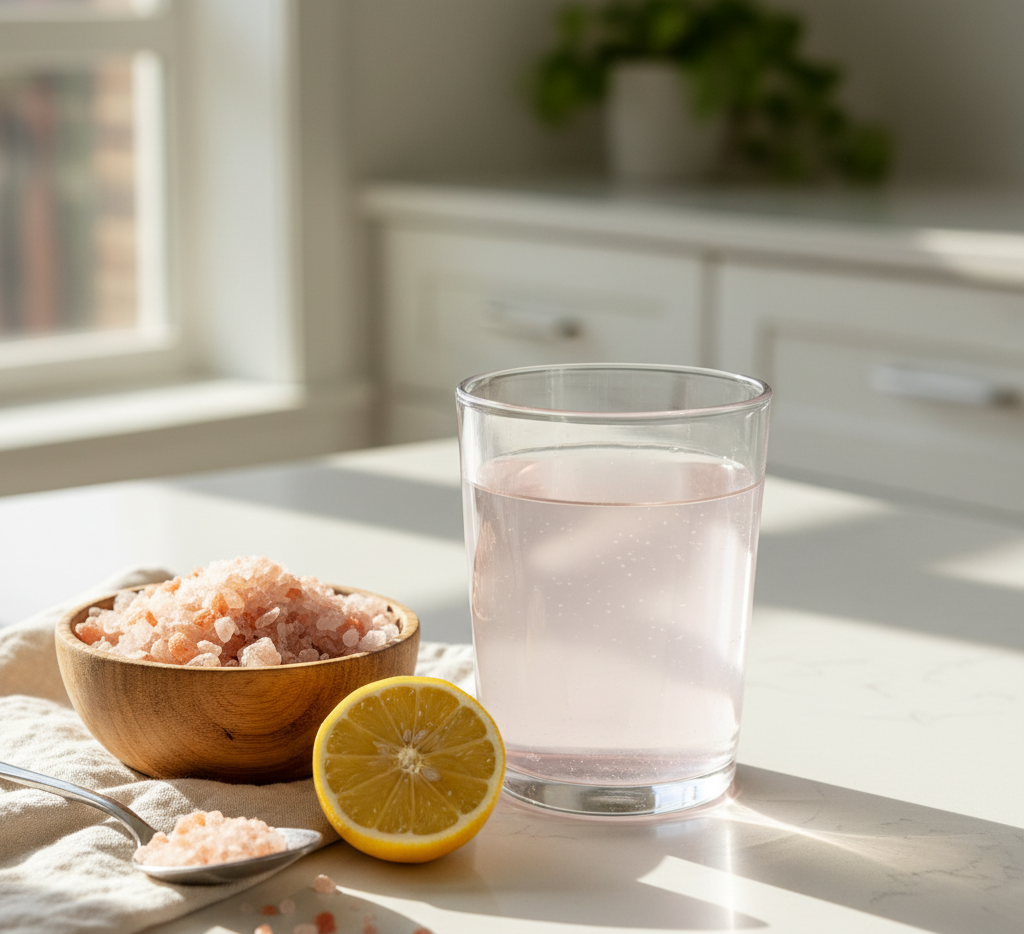Understanding the Growing Trend of Pink Salt for Health
Why Himalayan Pink Salt Is Different from Regular Salt
How Pink Salt Supports Digestion and Metabolism
The Science Behind Pink Salt and Fat-Burning Benefits
While there’s no magic ingredient that burns fat on its own, some studies suggest that pink salt can play a supporting role in maintaining a healthy metabolism. When your body is dehydrated or lacking in minerals, it struggles to process food efficiently, and your metabolism slows down.
Pink salt provides electrolytes that keep your body’s cells hydrated and functioning properly. This helps your muscles work better during exercise and improves your energy levels. Proper hydration also helps control hunger, as thirst is often mistaken for hunger.
Drinking a small amount of pink salt water before or after workouts can replace lost minerals and support recovery. Over time, this can contribute to better performance and, indirectly, to healthy weight loss.
Simple Pink Salt Recipe for Weight Loss at Home
Making a pink salt recipe for weight loss is easy and doesn’t take much time. Here’s a simple version you can try:
Ingredients:
- 1 glass of warm water (about 250 ml)
- 1/4 teaspoon of Himalayan pink salt
- Half a lemon (optional for taste and added vitamin C)
- A few drops of honey (optional for flavor)
Instructions:
- Warm the water slightly, it should be comfortable to drink, not hot.
- Add the pink salt and stir until it completely dissolves.
- If you like, add lemon juice or honey for extra benefits.
- Drink it first thing in the morning on an empty stomach for best results.
This simple drink helps hydrate your body, kick-start digestion, and prepare your metabolism for the day.
Best Times to Drink the Pink Salt Water for Results
Timing matters when it comes to using pink salt water effectively. The best time to drink it is early in the morning before breakfast. This helps your digestive system wake up and supports better hydration after hours of sleep.
You can also drink a smaller amount during or after exercise to replace lost minerals. Avoid drinking it late at night, as the sodium content might cause water retention while you sleep.
If you follow this routine for a few weeks and combine it with healthy eating and exercise, you’ll notice improved energy, digestion, and overall wellness.
Common Mistakes to Avoid When Using Pink Salt for Weight Loss
Many people use pink salt incorrectly, which can cause more harm than good. Here are a few mistakes to avoid:
- Using too much salt: Even though pink salt is healthier than table salt, too much sodium can still cause bloating and dehydration.
- Skipping water: Pink salt needs water to balance your body’s fluids. Always drink enough throughout the day.
- Expecting fast results: Pink salt supports weight loss indirectly. It works best as part of a balanced lifestyle.
- Ignoring other habits: No drink can replace a healthy diet and regular physical activity.
Remember, pink salt should enhance your daily habits, not replace them.
Expert Insights from Books_WD on Using Pink Salt Safely in Austin
At Books_WD, our approach is simple: make small, healthy choices that add up over time. Pink salt can be a smart addition to your wellness plan, but only when used correctly. It supports hydration, digestion, and metabolism, which all play a role in maintaining a healthy weight.
We also encourage you to pair pink salt water with a balanced breakfast full of protein, fruits, and whole grains. This gives your body the fuel it needs to burn calories efficiently. Always listen to your body, and if you have health concerns like high blood pressure, consult your doctor before adding pink salt to your diet.
Pink salt isn’t a miracle cure for weight loss, but it’s a natural, helpful part of a healthy lifestyle. It supports hydration, improves digestion, and keeps your energy levels steady. When combined with a nutritious diet and consistent activity, it can help you feel lighter and more energized.
Ready to start your healthy routine? Begin your morning tomorrow with a glass of pink salt water. Keep it simple, stay consistent, and see how your body responds over the next few weeks.

